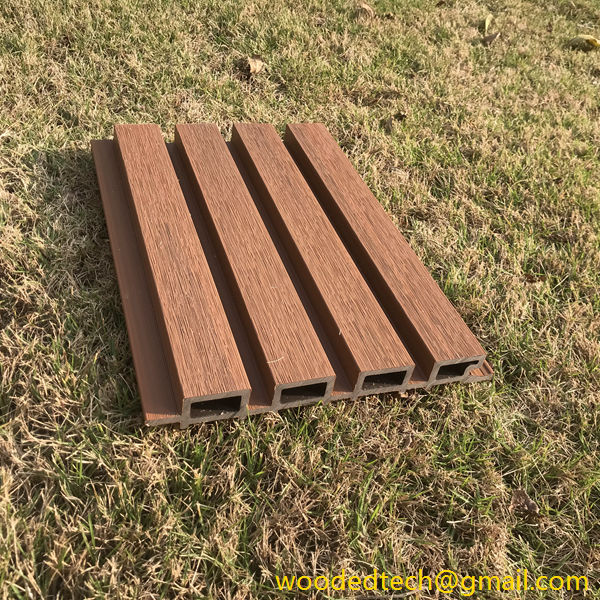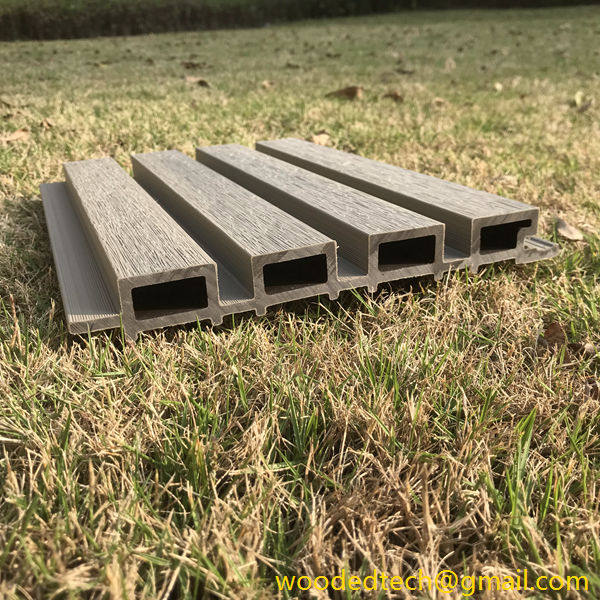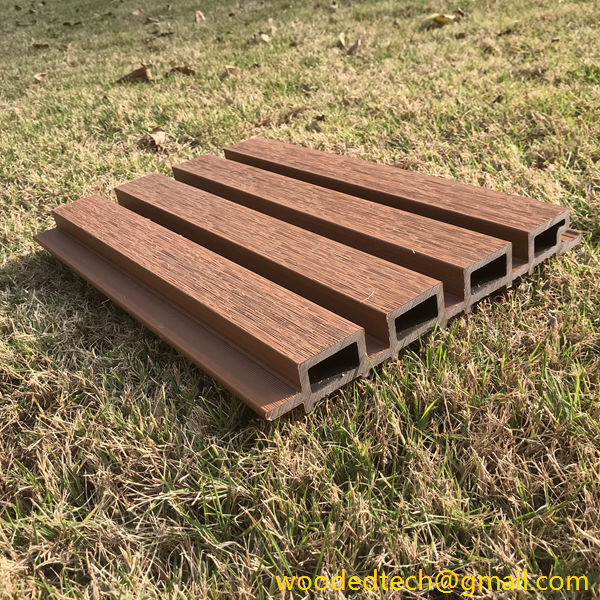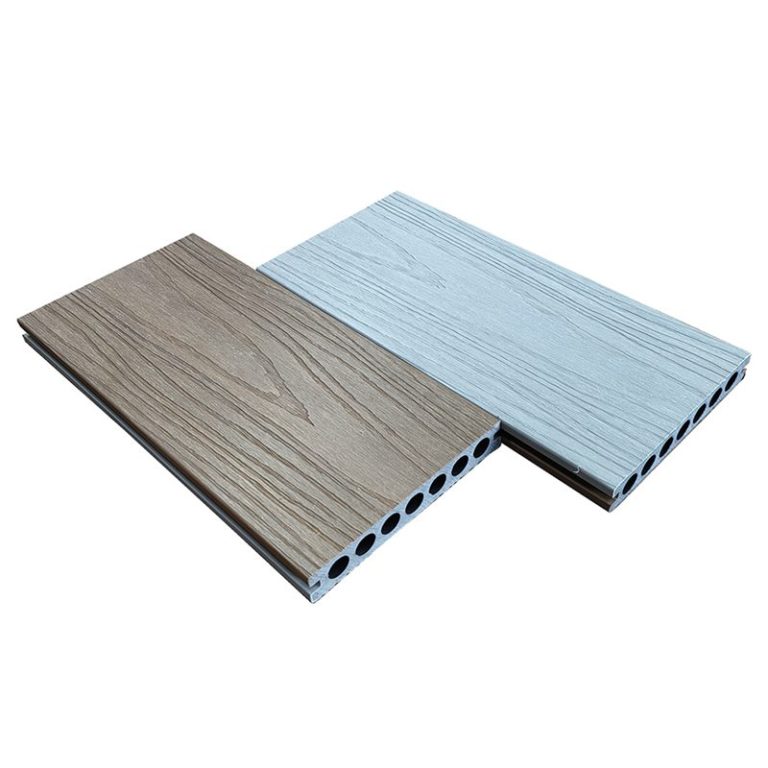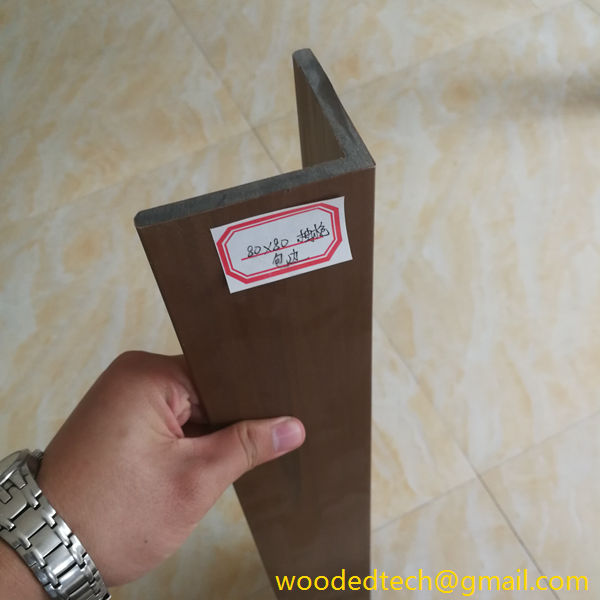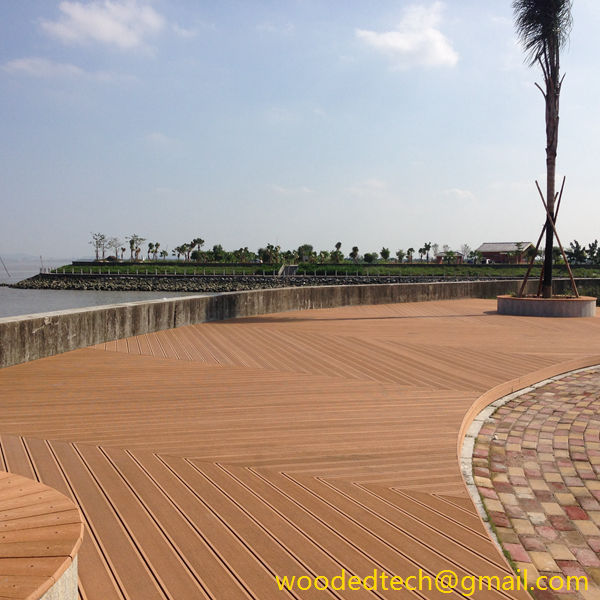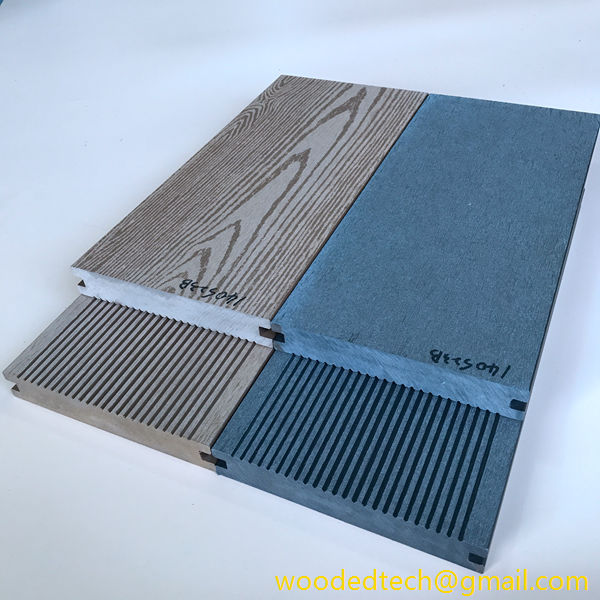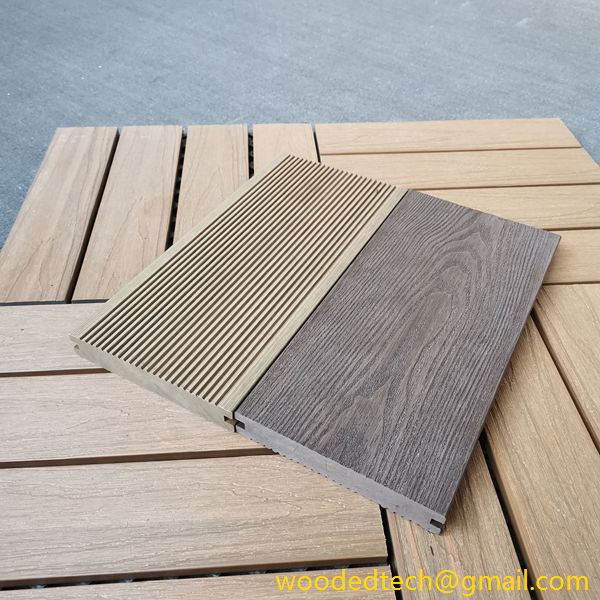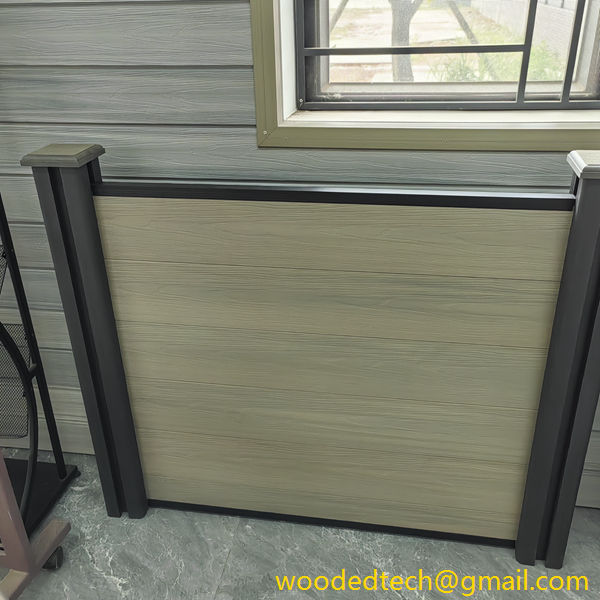Lesen Sie WPC-Verkleidungen Testbericht, um informierte Entscheidungen für Ihr Haus zu treffen
Lesen Sie den Bericht über WPC-Verkleidungen, um eine fundierte Entscheidung für Ihr Haus zu treffen Bei der Planung von Renovierungsprojekten, vor allem wenn es um Ästhetik und Langlebigkeit geht, sind Verkleidungen aus Holz-Kunststoff-Verbundstoff (WPC) bei Hausbesitzern und Bauherren gleichermaßen beliebt. Mit ihrer einzigartigen Kombination aus Holz und Kunststoff bieten WPC-Verkleidungen eine Reihe von Vorteilen,...
Lesen Sie WPC-Verkleidungen Testbericht, um informierte Entscheidungen für Ihr Haus zu treffen
When considering home improvement projects, particularly those that involve exterior aesthetics and durability, wood plastic composite (WPC) cladding has emerged as a popular choice among homeowners and builders alike. With its unique combination of wood and plastic, WPC cladding offers a range of benefits, including resistance to moisture, rot, and insects, making it an appealing option for both residential and commercial use. However, before diving into a purchase decision, it is essential to conduct thorough research and consider the global production capacity distribution of WPC cladding, as this can impact availability, pricing, and quality.
The global production capacity of WPC cladding is influenced by various factors, including technological advancements, raw material availability, and regional manufacturing capabilities. The leading producers of WPC materials are predominantly located in North America, Europe, and parts of Asia. Each of these regions brings unique advantages and challenges to the table, which can affect the supply chain and ultimately the end product available to consumers.
In North America, particularly the United States, the WPC market has seen significant growth in recent years. This growth can be attributed to a combination of increased consumer awareness regarding sustainable building materials and a shift towards eco-friendly alternatives. Many manufacturers in the U.S. have adopted advanced production technologies that enhance the quality and durability of WPC products. Additionally, the availability of abundant raw materials, such as recycled plastics and wood fibers, has enabled North American companies to scale their operations effectively.
On the other side of the Atlantic, Europe has also established itself as a formidable player in the WPC market. European manufacturers are known for their innovative approaches to design and production, often focusing on sustainability and environmental impact. The European market tends to emphasize high-quality finishes and aesthetic appeal, which can lead to higher price points for WPC cladding products. However, European regulations regarding environmental standards can also pose challenges for production, as manufacturers must ensure compliance with stringent guidelines.
In Asia, particularly in countries like China and India, the WPC cladding market is witnessing rapid expansion. The increase in urbanization and infrastructure development in these regions has led to a growing demand for durable and versatile building materials. Chinese manufacturers, in particular, have invested heavily in WPC production facilities, leveraging lower labor costs and access to a wide range of raw materials. While this has contributed to competitive pricing, it is essential for consumers to be cautious about quality control, as some manufacturers may prioritize cost-cutting measures over product integrity.
Understanding the distribution of global production capacity for WPC cladding is crucial for consumers making informed decisions. The availability of products can vary significantly based on regional production capabilities. For instance, if a consumer resides in an area with limited manufacturing facilities, they may face challenges in sourcing specific WPC profiles or finishes. This can lead to longer lead times and potentially higher shipping costs, which may impact the overall budget for the home improvement project.
Furthermore, the quality of WPC cladding can be influenced by the source of production. While some manufacturers focus on sustainable practices and high-quality materials, others may prioritize mass production and lower costs, which can result in compromised product durability and appearance. Consumers should conduct thorough research on the manufacturers they are considering, seeking certifications and reviews that can provide insights into product quality and performance.
In addition to regional manufacturing capabilities, the global demand for WPC cladding is also shaped by trends in construction and design. As homeowners increasingly prioritize outdoor living spaces and sustainable building practices, WPC cladding is becoming a favored option for decking, siding, and fencing. This growing demand has prompted manufacturers to expand their product lines, offering a variety of colors, textures, and finishes that cater to diverse aesthetic preferences.
Moreover, the rise of online shopping has transformed how consumers approach purchasing WPC cladding. Homeowners can now access a broader range of products from different manufacturers worldwide, enabling them to compare prices and features more easily. However, with this increased accessibility comes the challenge of discerning quality and ensuring that selected products meet local building codes and regulations.
In conclusion, the global production capacity distribution of WPC cladding plays a vital role in shaping the choices available to consumers. By understanding the dynamics of production in various regions, homeowners can make more informed decisions when selecting materials for their home improvement projects. It is essential to consider factors such as manufacturing practices, environmental sustainability, and product quality when exploring options. With thorough research and careful consideration, homeowners can confidently invest in WPC cladding that not only enhances the aesthetic appeal of their homes but also offers long-lasting durability and performance. As the market continues to evolve, staying informed about industry trends and developments will further empower consumers in their decision-making process.

